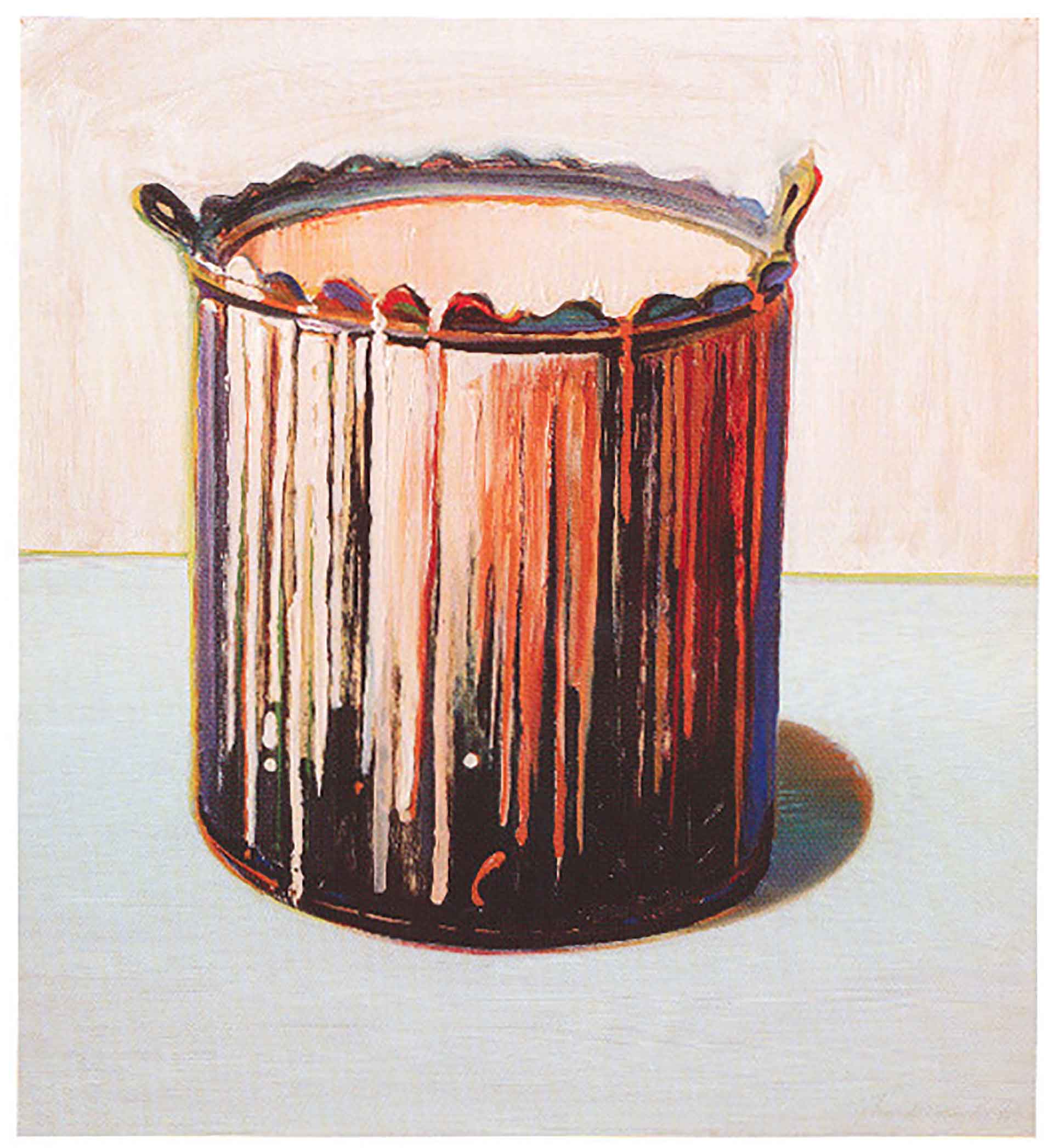
Sebastopol is a small town of big dualities.
Situated in West Sonoma County, the town of 7,000 champions environmentalism — signs at the entrance to town read “Nuclear-Free Zone” — while its bike-unfriendly downtown is increasingly crowded with SUVs. It’s resisted the Wine Country branding of nearby tourist towns like Healdsburg, even as its once-famous apple orchards have nearly all been converted to vineyards.
It’s not too surprising, then, that for the past 11 years, the Sebastopol Center for the Arts has shared space with the local chapter of Veterans of Foreign Wars. The last time I visited the building, in fact, it was not for art, but the military funeral of a retired Marine. In the park just over the fence from the procession of rifles and flags, a “Peacetown” concert with twirling dancers and hippie vibes was getting underway. That’s Sebastopol for you.
What is surprising is that this small arts center in a mostly rural town has managed to assemble one of the most impressive group shows of modern art I’ve ever seen in Sonoma County.
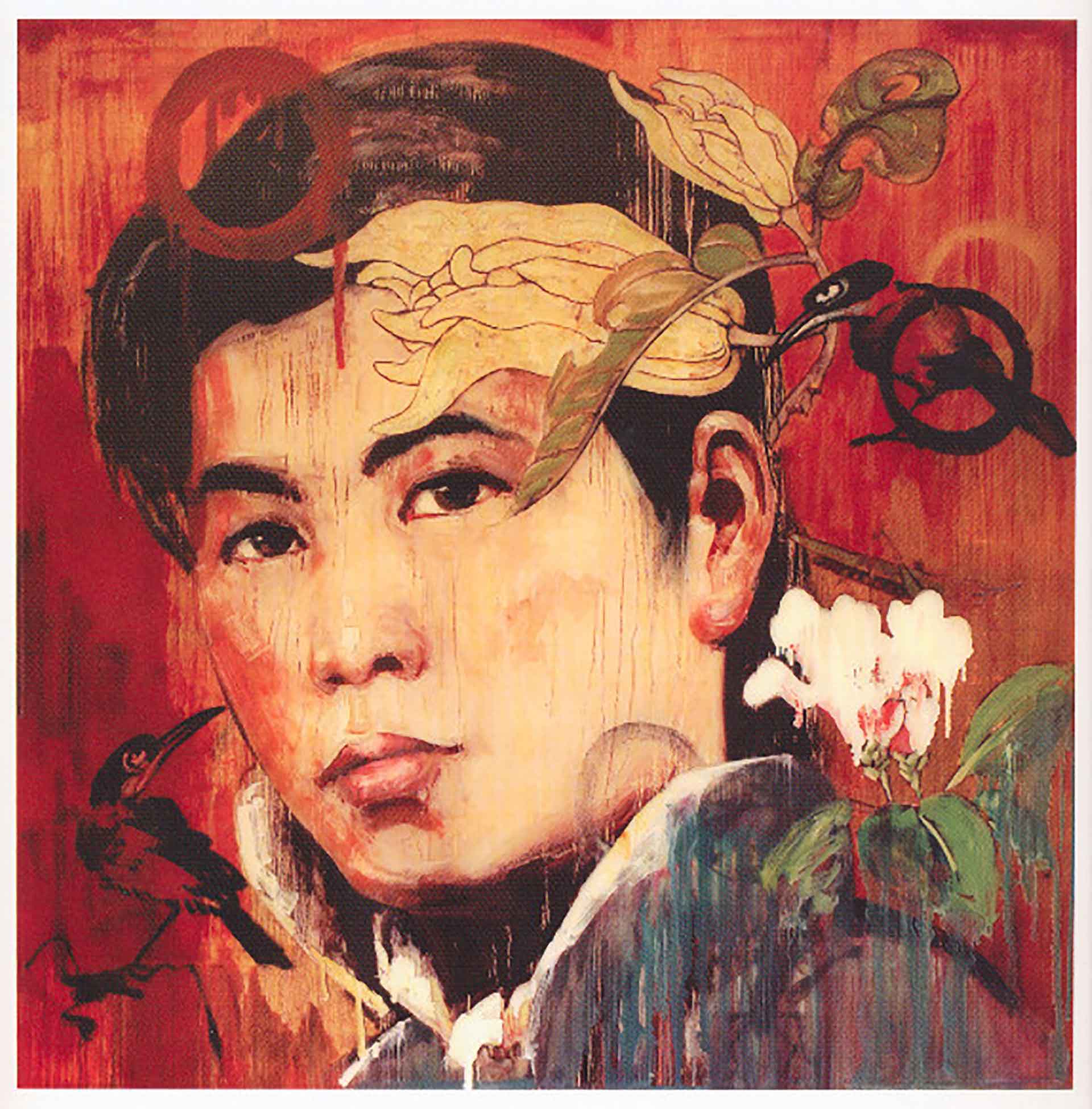
Reverberations 3 brings together works by major figures like Wayne Thiebaud, Edward Hopper, Richard Diebenkorn, Kara Walker and Ed Ruscha, many never before exhibited. Complementing them is work from contemporary Bay Area artists like Saif Azzuz, Alicia McCarthy and Maria de los Angeles. And, speaking of dualities, each work is accompanied by a poem — a presentation known as ekphrasis — that adds another layer to each artwork.
While this is the third time the center has presented Reverberations, says Executive Director Serafina Palandech, “this is bigger and better than anything I think any of us had ever envisioned.”
Part of that is due to the dogged persistence of curator Alan Porter, who says he was “shameless” in asking people for work, everywhere he went.
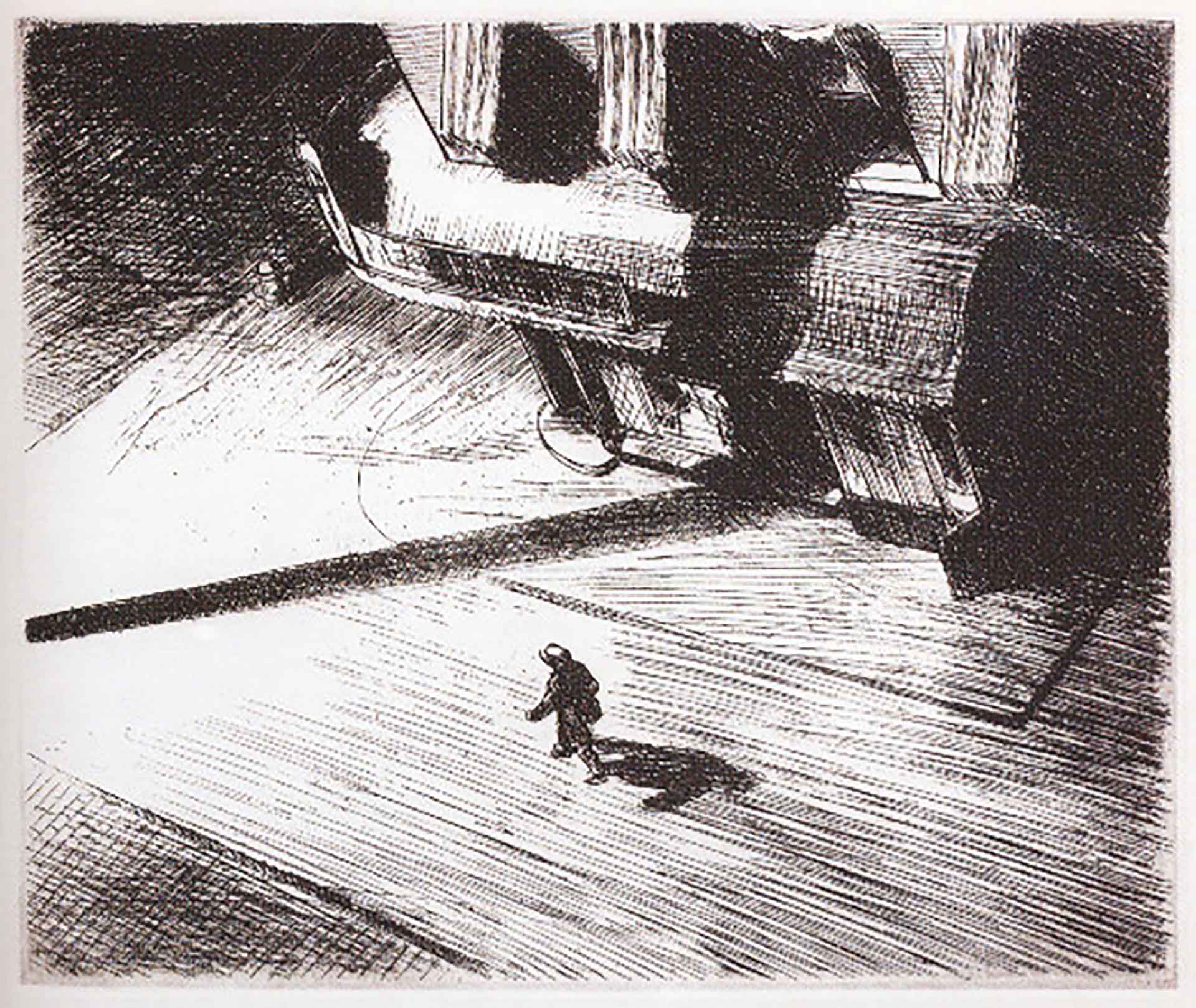
An announcement in his pilates class led him to the daughter of New York gallery owner Allan Stone, who provided a 1983 Wayne Thiebaud painting, Untitled (Paint Can), as well as a 1963 charcoal drawing by Willem de Kooning. Another call for art at a birthday party led to a woman who provided a photograph by Dorothea Lange.
“She knew this guy for years and years, he was in his 90s, and he gave her this photograph,” Porter says. “He didn’t even know that it was by Dorothea Lange. When she went to have it framed, they said, ‘You know, this is a Dorothea Lange.’ She went and talked to him about it and he said, ‘Oh, yeah, she was a neighbor of my mother’s.’”
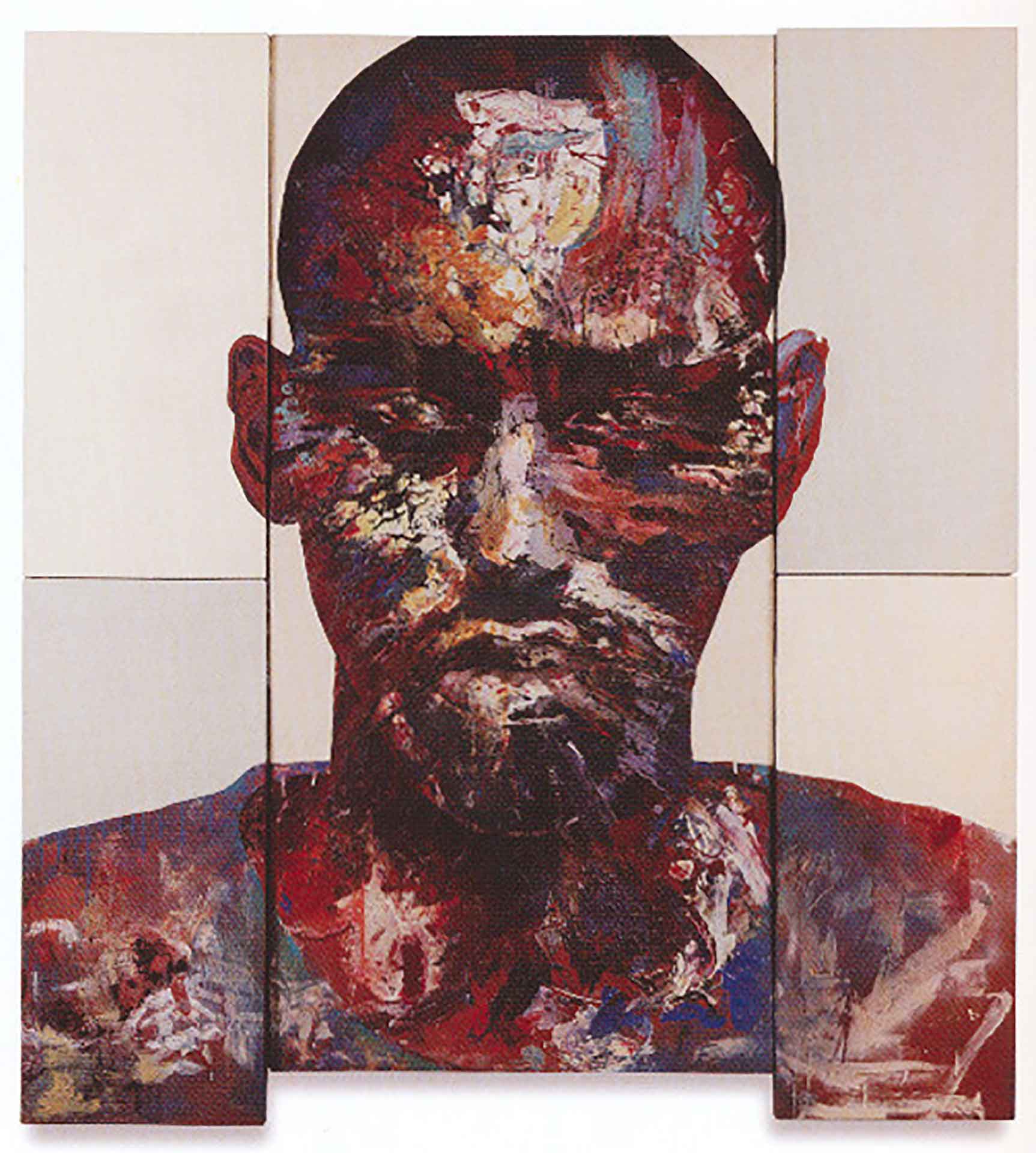
The task of pairing the artwork with poets fell to Linda Loveland Reid, who talks excitedly of the “double adventure” the viewer can have with the exhibition. The poetry, she says, “deepens their experience.”
While previewing the exhibition, I came upon a lithograph by Babara Hepworth, a pleasing spare grid with black and red trapezoids and an empty circle. It was joined by a Margaret Barkley poem that begins: “I am so tired of war.”
I impulsively laughed at the re-contextualization. I thought: Are the red and black shapes opposing countries? Is the grid a jagged, unwinnable game of tic-tac-toe?
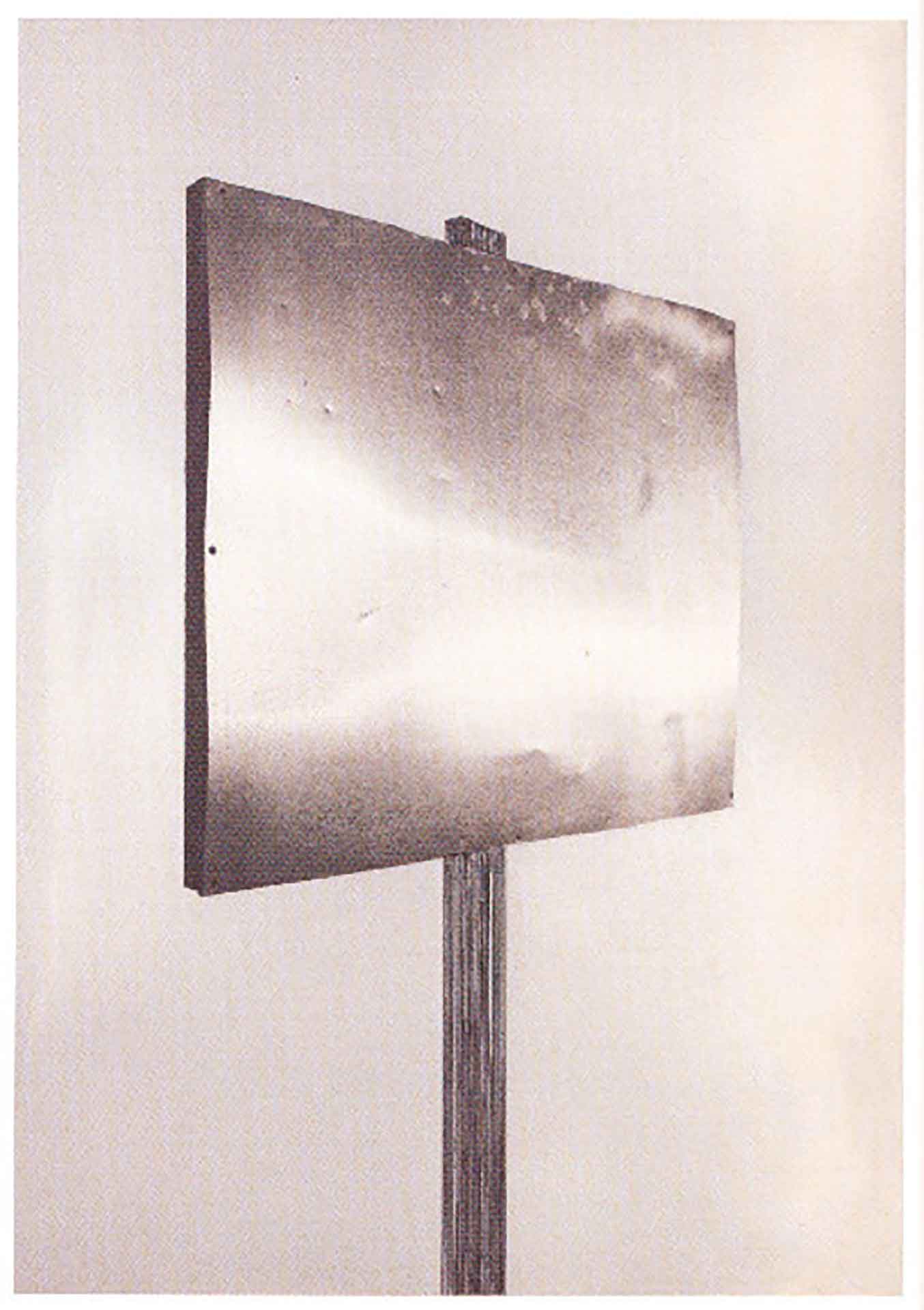
Tamsin Spencer Smith, a participating poet who also wrote Reverberations 3’s program notes, says the empathetic process of writing poetry from another’s artwork is in line with the democratic process, and even Sonoma County’s rich history of communal living. She likens it to visiting a foreign country, and coming to understand others outside one’s own culture.
“That dialogue is about breaking down the walls between what we think we know, what we think we love, what we think we understand, and developing more of a mutuality and sense of connectedness to people that may not be with us anymore, or that may have lived in a time that’s very different from our own,” Smith says.
A large painting by Hung Liu, Onion Field, is accompanied by a rumination by Suzanne Maxson on the artist’s time spent in Chinese labor camps. Vija Celmins’ Constellation – Uccello inspires a meditation on destiny from poet Nancy Caver Dougherty. For Joan Brown’s Anna, poet Robin Gabbert focuses on the artist’s first name, and the image of a bare woman in repose, to compose an ode to Joan of Arc.

Each work’s wall text, meanwhile, is not a formal statement by the curator but a statement from the owner of each work, describing what it’s like to live with the art, and what it means to them. On the whole, I found these simpler and more relatable than the usual academic assessments, and considered the question: How do we choose which art to hang on our walls? Why do we choose to live among art at all?
Reverberations 3 comes at a pivotal time for the center. After a rough patch of fiscal losses and a subsequent fundraising drive, Palandech came aboard last year as the executive director. Her primary job, she says, was to right the ship. The community-supported center and its new staff have now reinstated its literary arts program, and will bring back its Sebastopol Documentary Film Festival next year. The higher profile of Reverberations 3, meanwhile, represents new life for the space.
It also represents the local community’s faith in the nonprofit’s future. Palandech tells an illustrative story: After learning how expensive professional art movers were, exhibition organizers asked the owners of often very valuable artworks if they could throw them in their cars and drop them off themselves. All but one said yes.
You could call it a triumph of small-town sensibility, even.
‘Reverberations 3’ is on view through Aug. 10 at the Sebastopol Center for the Arts (282 S. High St., Sebastopol). Details here.





















